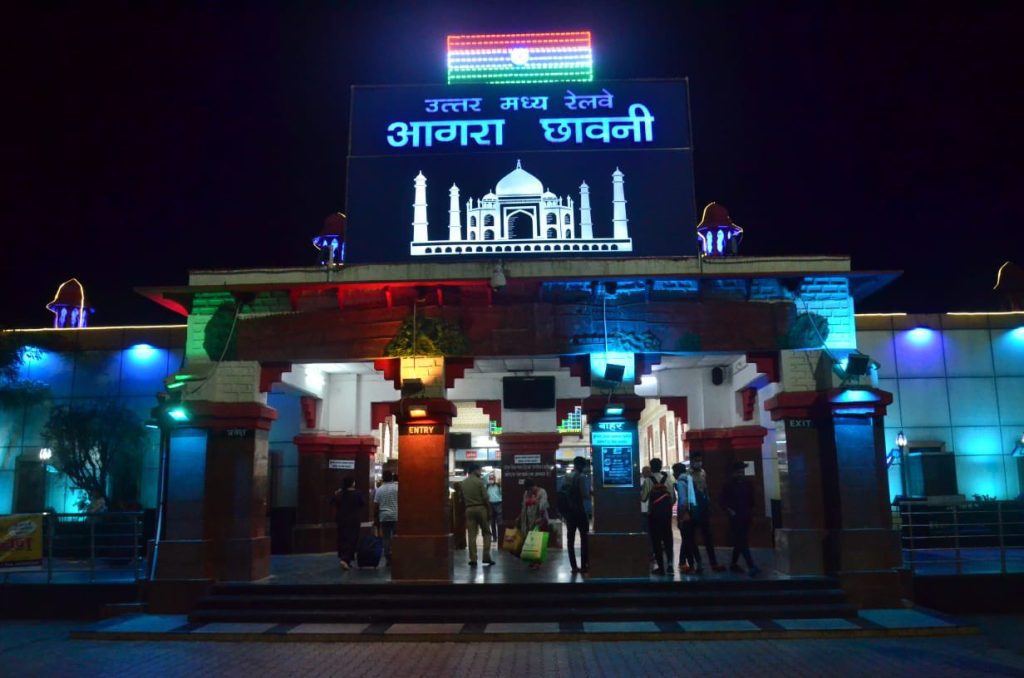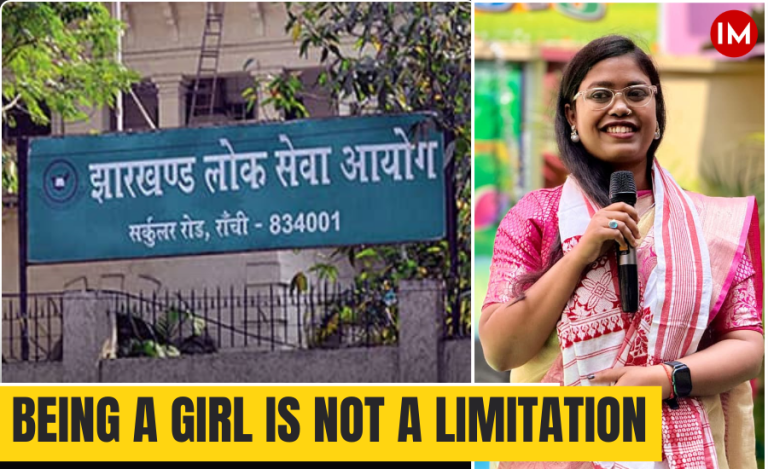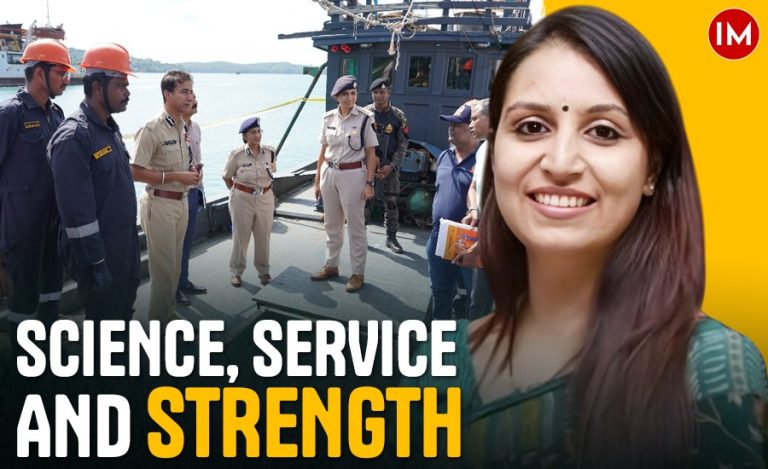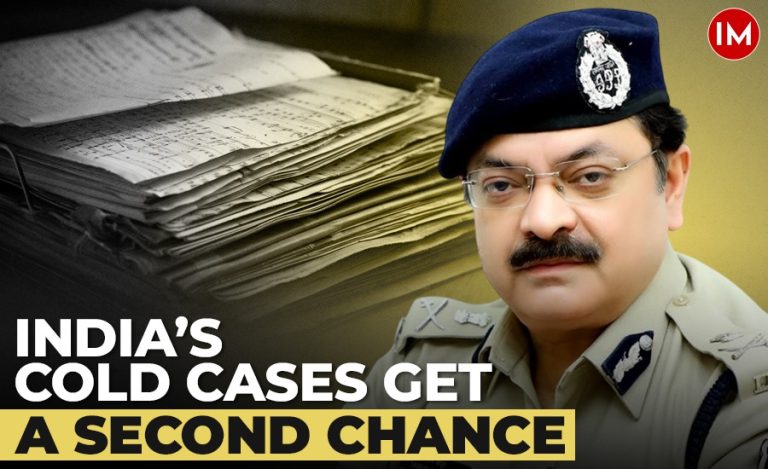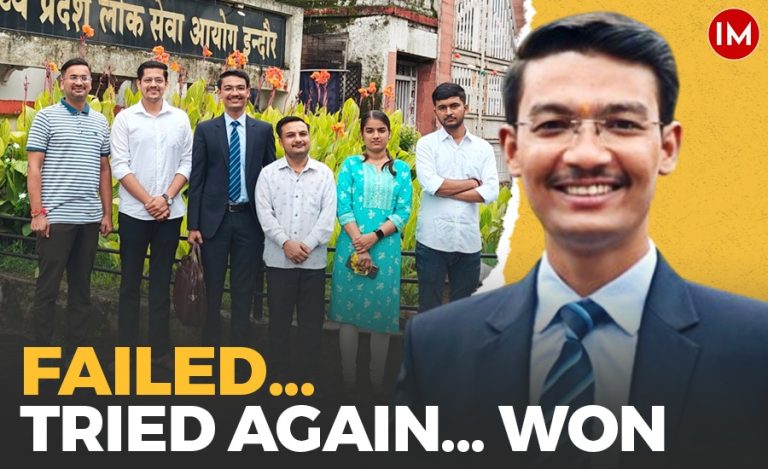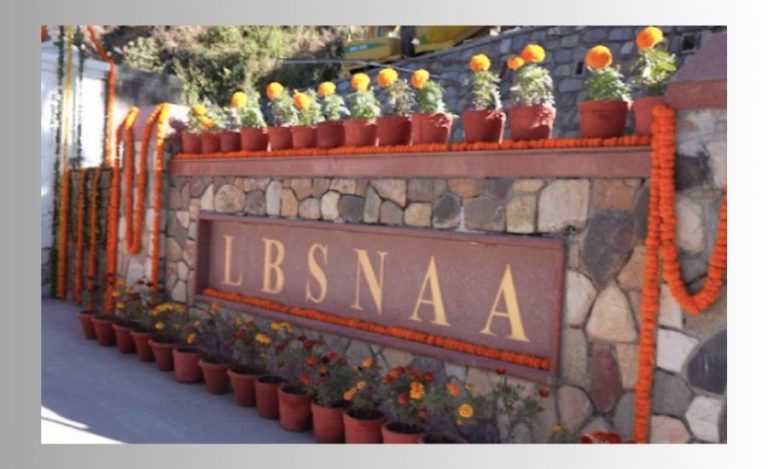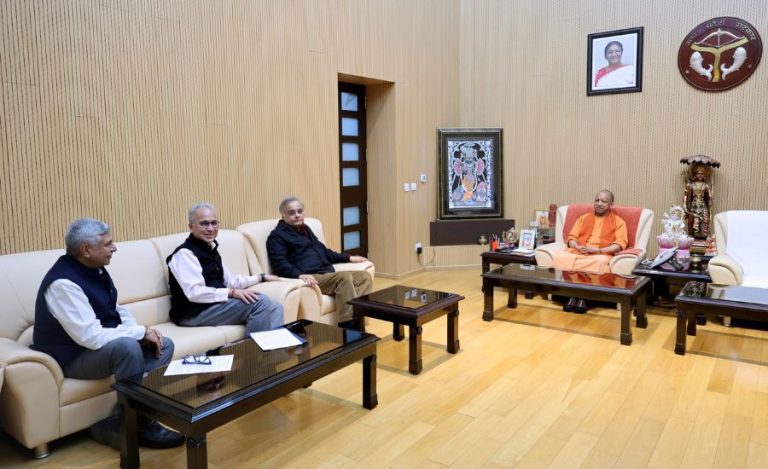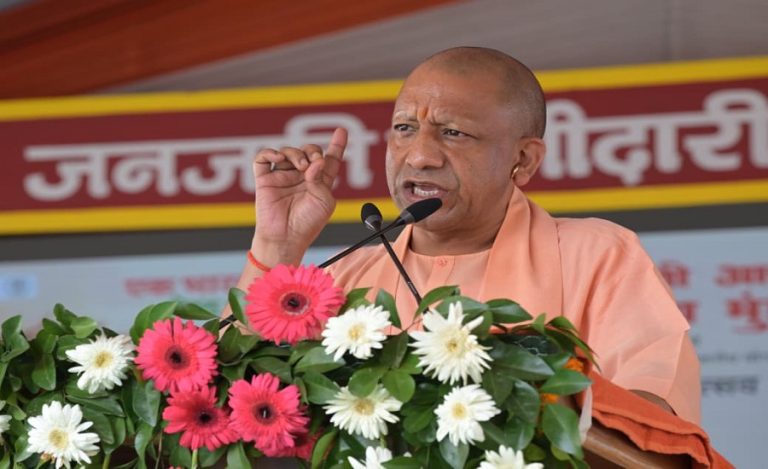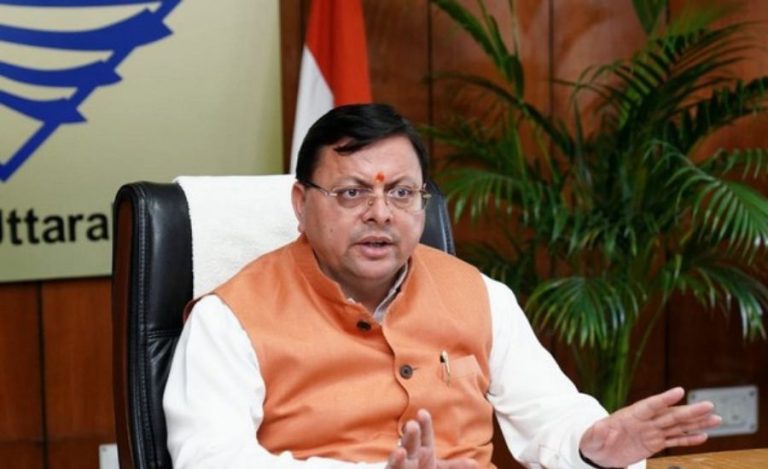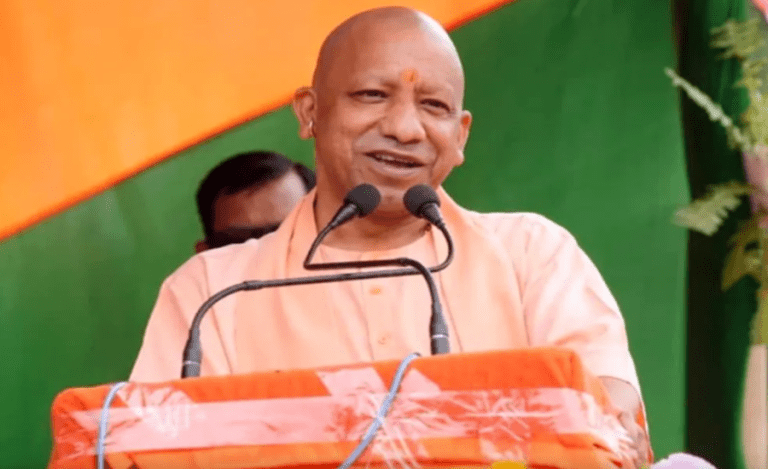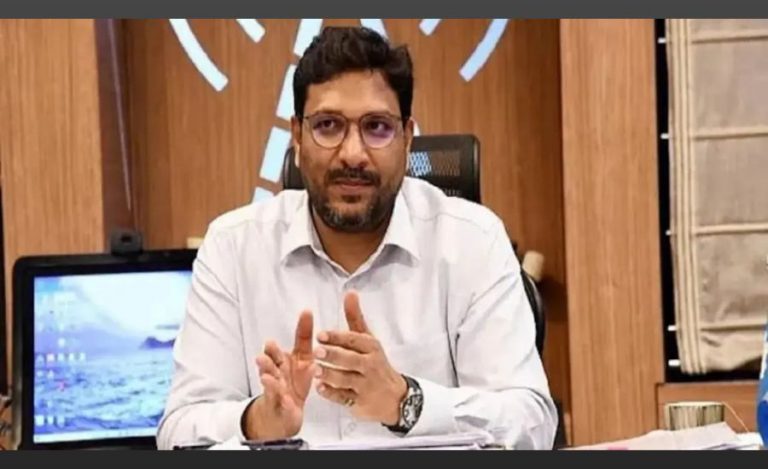Indian Railways recorded expenditure for the financial year 2020 was around 1.7 trillion rupees, setting off a flurry of brainstorming sessions by railway officials on how to bring it down. Accordingly, suggestions were put forward and various cost-cutting methods were adopted by railway departments. One such method – Expenditure to Revenue Model– adopted by the Agra Railway division proves how proper strategies can reduce financial burden. In an Interaction with Assistant Commercial Manager, Agra, Ms. Prashasti Shrivastava (IRTS 2017), Indian Masterminds tried to know more about this Initiative.
THE EXPENDITURE TO REVENUE MODEL
The main purpose of this model is to reduce the procurement burden of railways and generate extra revenue by providing investment opportunities to private entities for commercial purposes.
Ms. Shrivastava explains in detail: “One single piece of reservation form that is used on reservation counters costs anywhere around 30 to 80 paisa to Indian Railways. Every year billions of such forms are used across 7000+ stations. These forms were procured through railway stores. But now, we tied up with a local private entity who will provide around 21 lakhs forms including 18 lakhs general and 4 lakhs tatkal to Agra division per year and, also, pay a revenue of ₹4.44 lakhs for advertisements on the forms. These advertisements will be scrutinized by administration before going public.”
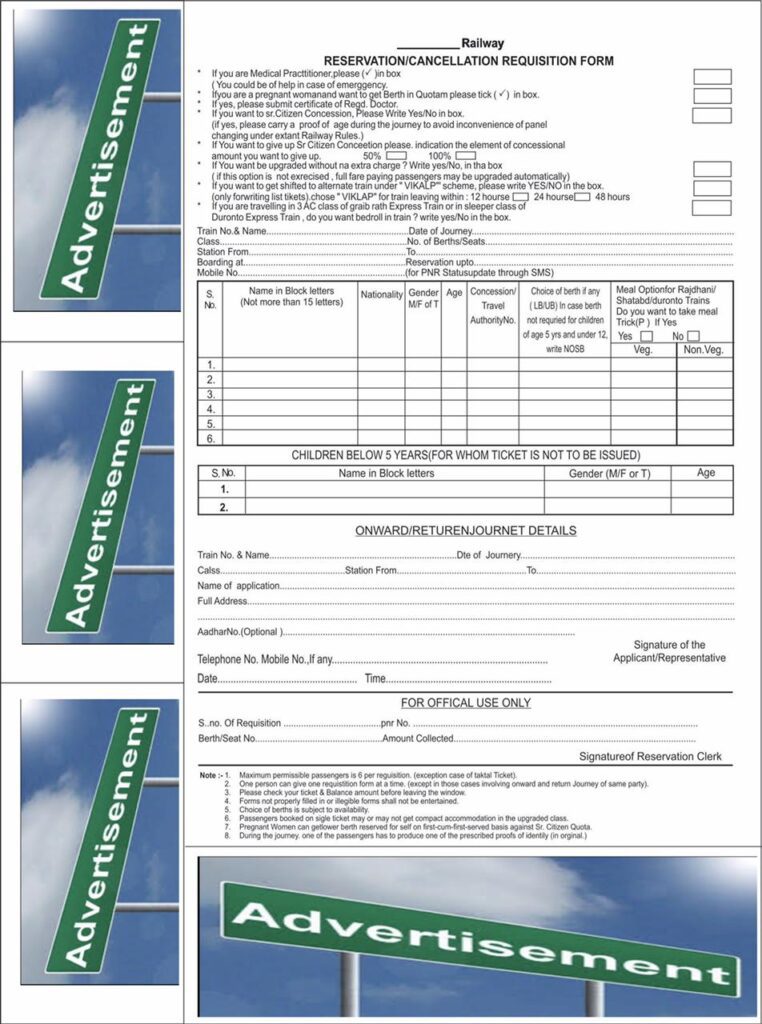
She also informed that the new forms will be available within 15 days of the procurement deal.
NEW AND INNOVATIVE IDEAS SCHEME
Under Indian Railways’ New and Innovative Ideas Scheme, there is a scope to brainstorm on innovative ideas to increase non-fare revenue. Ms. Shrivastava says, “Our aim is to work on innovative ideas in favor of railways. For this purpose, a team of IRTS officers in Agra division has turned the expenditure into a source of revenue for the government by outsourcing this to a private firm. This will roughly save Agra division 10-12 lakh on annual basis while also generating additional income, taking the gain to the tune of ₹15 lakhs.”
RESULT OF TEAMWORK
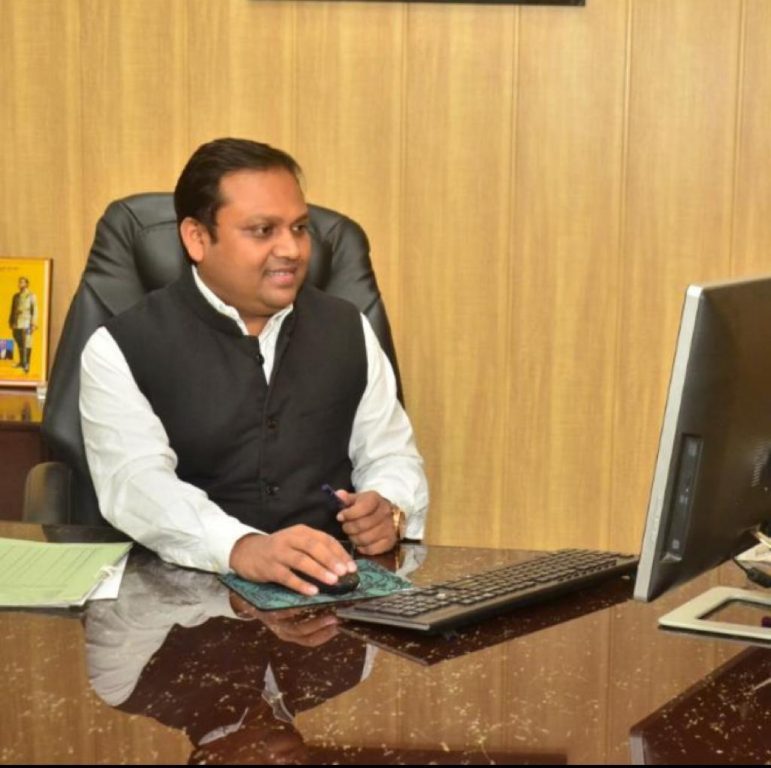
Ms. Shrivastava praised the Agra team for coming up with this ingenuous idea. “The things got executed properly because of our entire team which involves Senior Divisional Commercial Manager, Mr. Aman Verma (IRTS 2011), DCM Agra division, Mr. SK Srivastava, CMI Mr. Dharmendra Pandey.”
Another plan that they are working on is to provide vacant places around the washroom mirror for advertisements. “It’s one of the wall points. If used for ads, then it can generate 7 to 8 lakhs for railways. Maybe from next week, this plan will be executed,” the officer said.
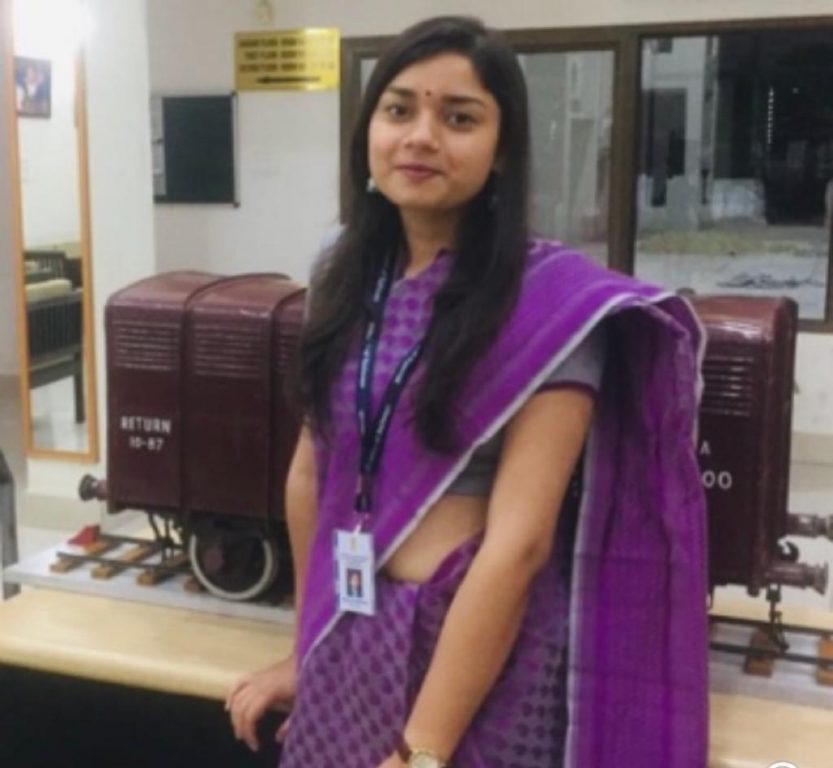
ON OUTSOURCING PRIVATE ENTITIES
Speaking of the reason behind outsourcing, Ms. Shrivastava says, “By outsourcing private entities, our aim is to fulfill the timely needs of reservation forms in small or remote stations, improvement of paper quality, and revenue generation.”
In recent years, Indian Railways has also been seeking investments from private firms to operate passenger trains. The Ministry of Railways has also identified 109 origin-destination routes via 151 trains and asked private companies to submit their interest. If things go as planned, private companies may operate trains by April 2023. These modern trains will be blessed with technological advancements with less maintenance, reduced travel time and will also generate employment. 151 such trains are planned for operation in the future. Even short steps in both the macro and micro level can go a long way in improving and strengthening the lifeline of millions -the Indian Railways.

